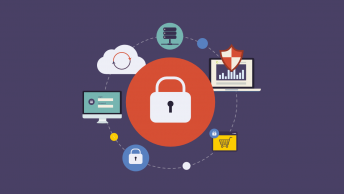The online sensation of the year, YouTube, has opened the door for all kinds of opportunities. From joining with CNN to allow voters to directly pose questions to presidential candidates, to allowing students to view class lectures when they can’t physically make it to class, YouTube and other online video sites can also have some negative effects.
For many people, these sites are a monumental waste of time. For others who are videoed and posted without their knowledge or consent, they are a source of embarrassment and anger. For a few others, online videos may be a cause for arrest or even evidence in a criminal trial.
The Motive
Typically, hoaxers and vandals want to work invisibly, but have the results of their work highly visible, to be “appreciated” by all. They may consider their work art, such as some graffiti artists, or may think what they have done is funny, and want all their friends, and even strangers, to be able to join in on the “joke.” All too often, these pranks are dangerous to the participants, the victims, the cameraman, and bystanders, and on occasion, what began as a joke turns into a serious calamity.
Alerting Authorities
While it is never the intention of the person posting the video online, viewers sometimes recognize the danger or the illegality of the actions caught on video and authorities are alerted. In general, police are tipped off by viewers about a suspicious video, and aren’t seeking out videos of illegal activities on their own.
Some do, however. One California Police Lieutenant asserted that police officers stationed at middle and high schools routinely search popular sites such as MySpace and YouTube for criminal activity such as drug or alcohol use, vandalism, or sexual assault.
Locating Lawbreakers
In a way, videos posted online give law enforcement officers infinitely more sets of eyes to keep watch on communities. Even when culprits on video attempt to hide or disguise their identities, their efforts don’t go far in fooling the experts.
Two Australian vandals, despite attempts to hide their faces while spray-painting a public train, provided enough clues on their clothing alone to accurately identify themselves to authorities. In addition to cyber-trails left by the offenders, authorities use visual and audio clues from the videos to pinpoint locations of crimes and identities of suspects.
Holding Authorities Accountable
Not only are amateur videos bringing common criminals to justice, but they are also keeping tabs on law enforcement officers and providing a type of checks and balance to our justice system. Recently, a video posted on YouTube of two Los Angeles police officers using allegedly excessive force when arresting a man prompted an FBI investigation.
Some officers claim that videos captured on cell phones by bystanders tell only part of the story and take scenes out of context. To fill in the rest, many squad cars are being equipped with their own cameras to protect officers against false accusations.










Youtube – Uploading Crime Videos?
The online sensation of the year, YouTube, has opened the door for all kinds of opportunities. But YouTube and other online video sites can also have some negative effects.